QuestionWe adopted Princess a 6yr old Yorkie 3 months ago. She was at the humane society for 2 months. Nobody knows how long she was on the streets. Here's our problems: she is so skittish we cannot hardly play with her she runs & hides. I have tried everything to housebreak her but nothing works. She will potty in her crate. When she does potty outside she does it right outside the back door on the patio then as she paces back and forth to come inside she walks through the pee & poop. I don't know what to do to get her housebroken or to get her to open up & play with us. The vet says she is perfectly healthy. Any suggestions would be wonderful!
AnswerGreetings, and thank you for contacting All Experts!
First of all I want to thank you wholeheartedly for rescuing this girl from your humane society, we need more people like you! It sounds from your description that she is over all quite submissive and ''skittish'' as you claim. Rescue dogs like these need lots of tender loving care (which I am sure you are already giving) in order to open up and start to feel comfortable playing. Let's address the house-training issues first.
It sounds like you have a crate which is one of the best ways to house train dogs. Now, it is crucial that the crate is of the right size. It needs to be big enough to allow her to stand up and turn around but then snug enough to not allow her to be able to poop in one corner and sleep comfortably in another. The philosophy behind crate training is that a dog will not soil areas where it sleeps in and dislikes getting dirty.
Now, we do not know any of her previous history coming from a shelter. She could have been kept in a yard or in a barn and never lived in a home before, or she may be having a hard time generalizing going potty in a new home since her previous potty area is no longer available, so you need to start the ABC's of potty training as if she was a puppy.
Put her in the crate and watch her like a hawk. Keep treas in your pocket. If this sounds very time consuming, keep the crate with you while you are watching television and take a quick peak every now and then. Signs she needs to go potty are getting up from a nap, turning around and sniffing the crate. Right when you notice this, open the crate and carry her immediately outside in a designated potty area.
The moment she positions herself to go potty say ''go potty~!'' in an upbeat voice. This will train her to pair the word go potty with urinating and defecating. If you do this often enough, you will have a dog that goes potty on command! If you want to be extra precise as she grasps the concept, start distinguishing the command by saying ''go pee-pee'' and go ''poop'' accordingly. Both my dogs have learned these commands and people are quite amazed when they pee and poop on command.
Ok, so you have just said ''go potty'' and she has successfully done number one and possibly number two, now squat down and call her to you luring her with a tasty treat. This will help avoid her pacing back and fourth in her mess.
After she has done her business, you can be safe to assume she may not have to go for some time, unless she has some underlying medical disorder such as a urinary tract infection or a bowel disorder (which I always recommend having a vet rule out when dealing with housebreaking problems). This is a good time to let her relax in the home and play (which we will see later), but you always must keep an eye on her for signs of having to go potty. If you cannot keep a good eye on her, you can create an ''umbilical cord'' by attaching a leash to your dog's harness and attach it around your waist.
This will help you have more control and be able to carry her out immediately and repeat the whole ''go potty'' and praise session. It may take lots of repetition to get this down but if you are careful enough it will eventually work. Something you can do to diminish the chances of going in the crate or around the home is to clean previously soiled areas with a good enzyme cleaner such as ''Nature's Miracle''. The enzymes will neutralize the odors and ''eat up'' the soiled areas making them smell less like a familiar place to go potty.
Another issue in some skittish and shy dogs is submissive urination. This causes dogs to urinate when they greet the owners or when they feel a bit intimidated. I am not sure if you are dealing with this problem, but it is worth mentioning, even though most adult dogs outgrow this problem.
Now how to get this Yorkie to be a bit more confident and playful? How to get her out from her hiding spots? Positive reinforcement and classical conditioning will be your best friend! Start by making a trail of treats from your dog's hiding spot ending to you sitting on the couch. Use regular kibble for the initial part of the trail and end it with a big pile of 100 dollar treats a few steps from you. 100 dollar treats consist of hot dogs slices, cheese, pieces of boneless and skinless chicken or steak. Freeze dried liver is also a favorite by many dogs.
Do not move, talk to her or look at her when she gets out of her hiding spot, but casually drop a few 100 dollar treats when she is nearby. Great things must happen when she is near you! But try your best not to look at her directly in the eyes and refrain to pet, we will get to this later.. most shy dogs find looking in the eyes and bending down to pet, a bit intimidating.
Then as she gets more confident being near you because you are a source of tasty treats, you can start talking to her in a friendly voice and dropping another treat every time you talk. Then, make a noise with your mouth and try to get her attention, keep the treat at eye level. The second she looks in your eyes drop a treat, continue.. make the noise, keep treat at eye level, drop the treat..repeat until she realizes that making eye contact is good and there is nothing to fear about.. As she gains confidence, squat down at her level, and continue to upgrade by making the noise with your mouth, keeping the treat at eye level and petting her slightly on the chest as she eats the treat. Repeat...
Now for playing.. Yorkshires were bred to chase vermin, so you want to get a safe squeaky toy that resembles a mouse and move it around with your hands to make it look like a real rat. This should stimulate her prey drive and encourage her to play. Right when she is interested, toss it nearby and have her have it. Then lure her back with a treat and when she is near you say ''drop it''. She should drop the toy to get the treat. Get the toy and start the game all over. She should really enjoy this game and find it irresistible once she gets used to being around you.
Three months may feel like a while, but in a dog's world, it takes time to get used to a new life..she certainly is happy to have left that noisy shelter but just needs a little bit of coaxing to learn that great things happen when around you and that she misses really a lot when hiding in her favorite hiding spots! Baby steps, patience and great things happening are in my opinion the best therapy for this fortunate creature, I hope this has helped, my very best wishes!

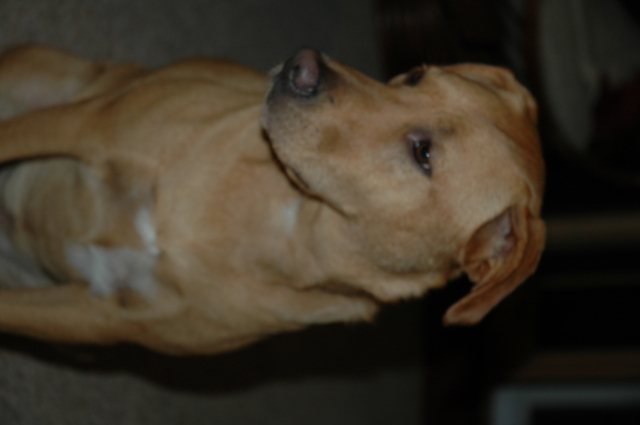 dog distraction/deer carcass
Question
ginger
Our dog is a mutt mostly Rhodesian Ridg
dog distraction/deer carcass
Question
ginger
Our dog is a mutt mostly Rhodesian Ridg
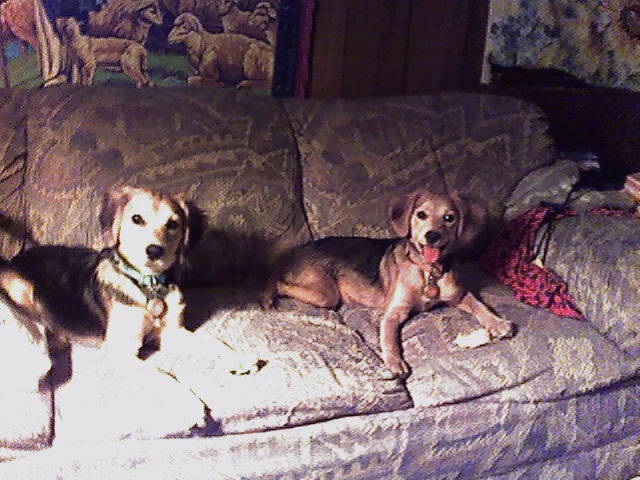 bladder issues in rescue pups
Question
collie-shepherd pups
We have had two rescued s
bladder issues in rescue pups
Question
collie-shepherd pups
We have had two rescued s
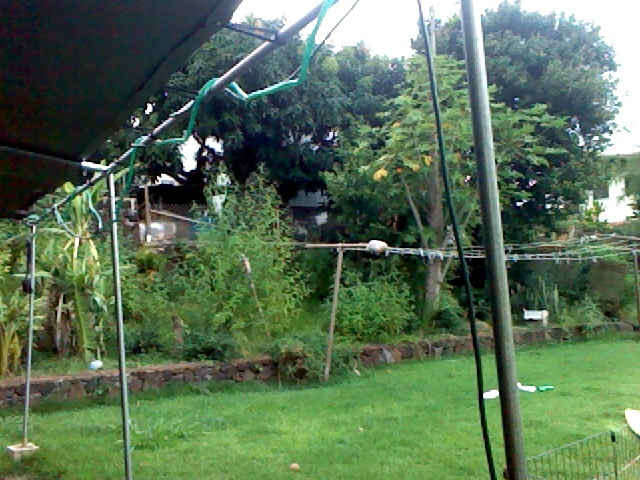 Designating bathroom area
Question
backyard
I have 2 medium mutts that are both b
Designating bathroom area
Question
backyard
I have 2 medium mutts that are both b
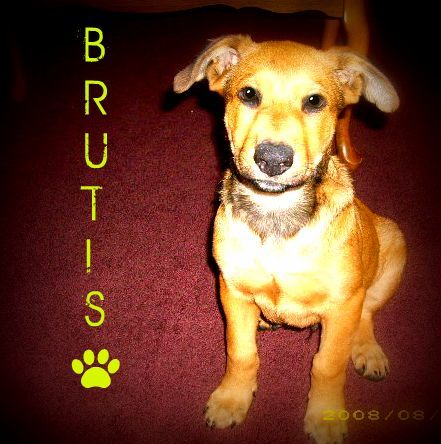 dog training.
Question
Brutis
I have a 6 month old german shepherd/la
dog training.
Question
Brutis
I have a 6 month old german shepherd/la
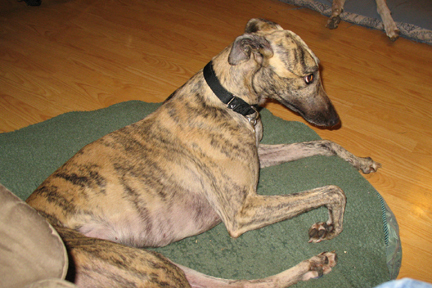 Adult Greyhound Howling
Question
Lisette
Hello Kathleen,
Thank you for taking
Adult Greyhound Howling
Question
Lisette
Hello Kathleen,
Thank you for taking